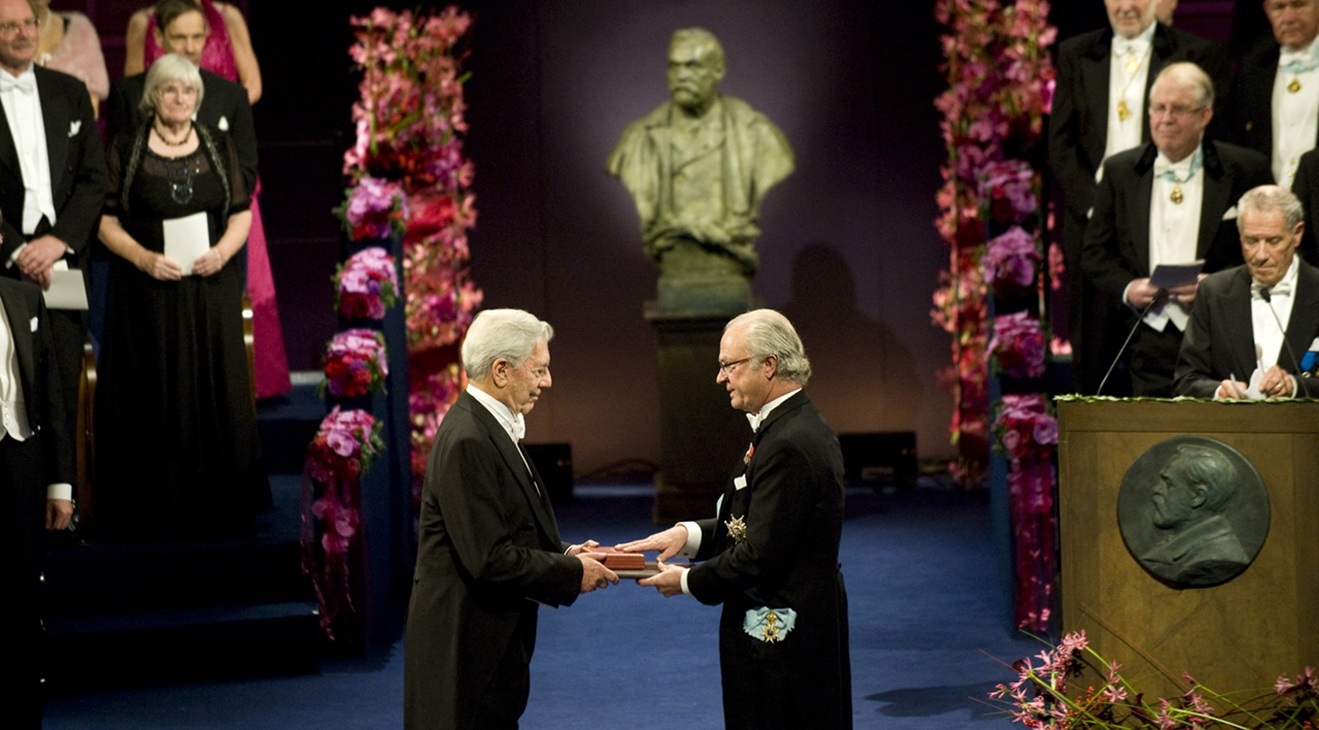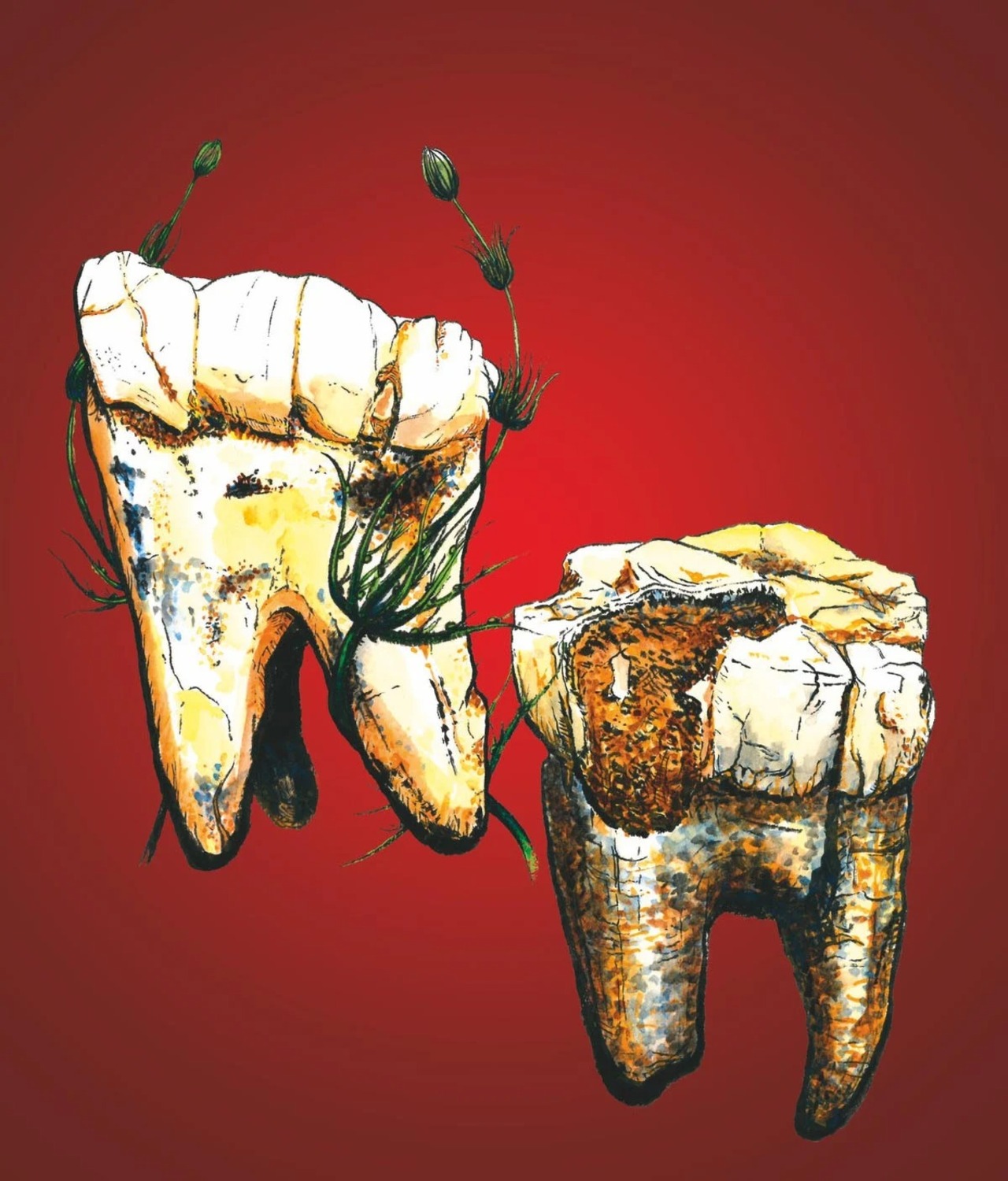
The curious story of the Pope who wrote an erotic novel
A Marquis de Sade in a cassock making up stories of adultery in the 15th century. How was that possible?
As is well known, the history of the Roman Catholic Church during the 15th and 16th centuries was as convoluted as it was contradictory. And among all the curious stories of the period, surely that of Aeneas Silvius Bartholomeus was the most unusual, though not the best known. Bartholomeus, born in Siena's birthplace, was appointed Pope in 1458, succeeding Callixtus III in the pontificate.
So far, so good. The extraordinary emerges when we look into the career of this clergyman, who is more like a Marquis de Sade than a saint. In 1444, Bartholomew wrote and delivered an erotic novel of rather unbridled content, A Tale of Two Lovers. This narrative theme also had something to do with his vitality: it is known that while working in the Royal Chancellery of Vienna, our author and future Pope had fun composing poetry with a high level of content. This was not uncommon either in the humanistic culture of the time or in medieval Germanic literature. To add to the scandal, the protagonist of A Tale of Two Lovers was a married lady who committed adultery.
In fact, the story records similar cases of clergymen who wrote narratives close to pornography. It is enough to remember the well-known case of the Spaniard living in Rome and Venice, Francisco Delicado, who composed and edited, in 1528, his relevant novel La lozana andaluza (The Andalusian lush), a picaresque story of carefree prostitution and sex.
In 1525, Delicado had already published in Italian a text about the remedies for syphilis, a disease he himself had fallen ill with. At times, humanism, the revaluation of human life in relation to the philosophy of sacrifice, went hand in hand with a certain profane joy. The difference is that Delicate did not become Pope.
It is known that Bartholomeus had two children out of wedlock, and in a letter to his father dated 1443, our author defended his sexual promiscuity arguing that it was a totally natural matter. An idea that we also find expressed in the texts of several heterodoxies of the time of the most morally relaxed type, which exploded some 60 years later.
The story records similar cases of clergymen who wrote narratives close to pornography.
It was also not uncommon to find the clerical lust in the popular European poetry of the period. Bartholomeus' case serves to show us the extent to which real cases abounded.
However, how could a character with this background have risen in the Roman Curia? We have to draw an X-ray of the Rome of the time to understand it. The Papal Court was deeply divided at that time. Two fratricidal factions were confronting each other within the Church: one, led by the one who would become the antipope Amadeus VIII, who wanted the ecclesiastical leadership to fall on the Pope and the Council, proposing a collective or collegial power.
On the other hand, the side led by Eugene IV understood that the power of the Pope had to be unique and indivisible. In 1446, it seems that Bartholomew changed his attitude and had himself ordained a priest. In the struggle that was dividing the Church's leadership, he knew how to act with double standards and rely on both factions so that, once the antipope Amadeus was overthrown, he could gain prestige under the pontificates of Nicholas V and Callixtus III and be elected shortly afterward.
Therefore, our unusual Aeneas Silvius Bartholomeus knew how to do very well what Stalin also knew how to do in the Soviet Union, once Lenin disappeared: to play on both sides until they all fell, becoming master and lord of the situation. Only through the analysis of lives like his can the Protestant reaction developed during the following century be better understood.












LEAVE A COMMENT: